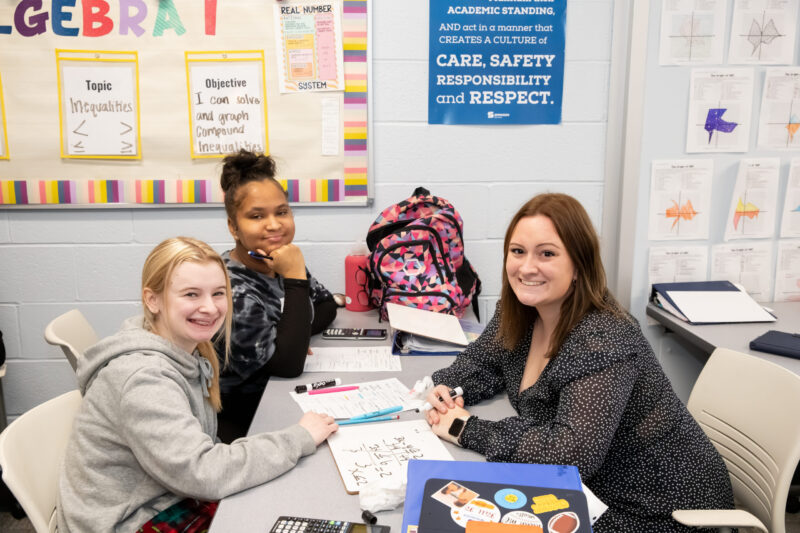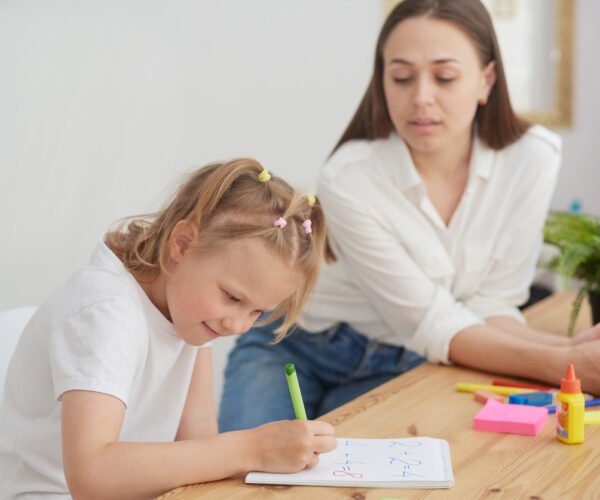
5 Success Strategies for Adolescents
February 20, 2024
Social-Emotional Learning (SEL): What’s the value?
February 29, 2024
Spring is approaching. What does that mean?
Parents and educators know this means schedules will get more hectic and “spring fever” will impact our focus on mundane but necessary tasks. Some suggest that Spring is a great time to set a routine and begin new habits. (Check The ADD Brain is Wired for Habits for more on that!)
I’m sure you have heard this before: Setting up routines for our children and ourselves is the best way to calm the turbulence and conduct a productive household.
This seems pretty basic, but not always as easy as it sounds. A short but thoughtful article from the American Academy of Pediatrics entitled Family Life: The Importance of Family Routines, made me think about my own experiences with creating routines, and the struggling of parents I have advised over the years.
In my household, my children had no choice but to fall in line or be left behind. They were involved with sports, clubs, and friends. Routines were, in part, a way of surviving. We all needed the structures in place to assure we were where we were supposed to be, and had what we needed, when we needed it.
Our routines were mostly effective. But still, as the kids grew up, it became increasingly evident that I had taken on the lion’s share of directing and orchestrating.
I became keenly aware of this at the start of a new school year, expecting my kids to fall right back into what I thought were established routines. What I failed to realize was that, in some areas, they relied too heavily on me to cue the routine.
It was my routine, and not really theirs.
I had to evaluate where, and more importantly, where and why things were breaking down.
The where was easy. Forgotten materials, homework not completed, anxious and unhappy exchanges between the children and me, to mention just a few. The why was more complex. I needed to instill ownership in building the routine. No, it was not my fault that my son missed a golf match because it was not written on the calendar.
In the weeks and months to follow, I engaged the children in what I had otherwise done for them. For example:
- Looking ahead at the calendar and writing all events that they “owned”
- Starting a sticky note routine
- Scheduling a time for nightly packing up of backpacks with essentials for the next day
- Establishing an “IN BOX” on my desk for all paperwork from the backpack that I needed to see
Did this plan work seamlessly? No, especially not with my daughter, who needed far more structure and reminders along the way. But I did not abandon the ship when we experienced failures. Together we slogged through them, painfully learning our lessons (their pain is often our pain, right?), and revisiting our routines when there was a breakdown.
If routines are breaking down for you, I would encourage you to:
- Take a step back,
- own what is yours, and
- lovingly guide your children through ways they may be an integral part of the process of building and maintaining routines for life.
Make use of the resources mentioned above, and don’t abandon ship. The routines you can establish today will calm the turbulence now, and equip your children with skills they can use as adults.

Guest blogger Barbara Hunter is an expert in learning disabilities with more than 30 years in the field. She is the owner of Integrated Learning Designs where she coaches college students and adults with ADHD.



